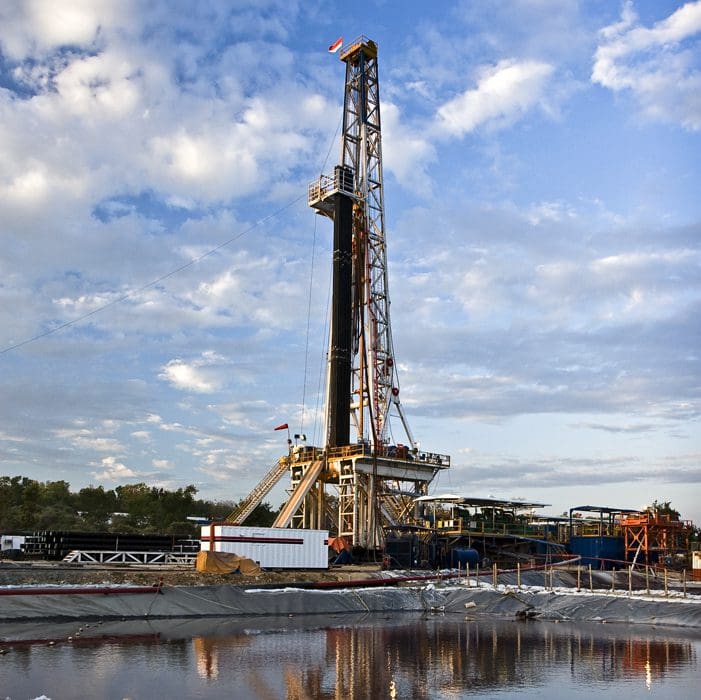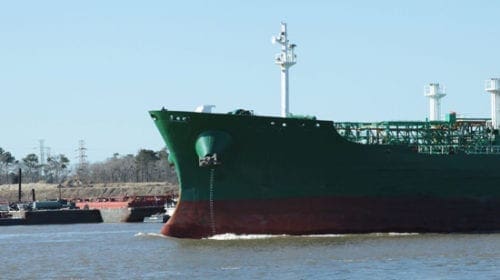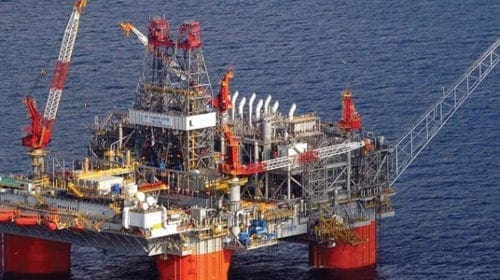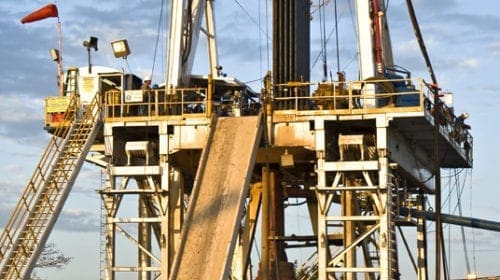Texas Railroad Commission Chairman Barry Smitherman said Friday the shale revolution could drive the state’s oil production to record levels before the end of the decade.
Oil production in Texas is now close to 2 million barrels a day. And Smitherman, speaking at the IHS CERAweek energy conference in Houston, said the state could be at 3 million barrels by 2017 and 4 million barrels by 2020.
In 1972 Texas produced 3.5 million barrels a day, according to Railroad Commission data.
“It could easily go to 5 million by 2023,” Smitherman said. “I don’t know where the end is because it’s a technological revolution.”
Hydraulic fracturing and horizontal drilling technologies have allowed oil companies to open up huge deposits in the Eagle Ford formation south of San Antonio. Last year that field accounted for close to 700,000 barrels of Texas’ daily production.
And with the Wolfcamp, Spraberry and Cline fields in West Texas still developing, many within the industry think the Permian Basin formation there could soon surpass the Eagle Ford.
But hanging over the oil boom’s future are analysts’ predictions that oil prices will be down close to $80 a barrel by the end of 2015. U.S. crude was trading for more than $102 a barrel mid-day Friday.
And U.S. shale oil will only become more difficult to extract as drilling progresses, said Raoul LeBlanc, managing director for IHS.
“The future’s not guaranteed. If you actually focus on the asset itself it’s important to realize what we as an industry have done. We’ve moved down from the cheap and easy resources,” he said. “Right now, we’re tending to focus on the best areas. These plays are not infinite. They’re not magic.”
As a railroad commissioner, Smitherman is tasked with both regulating and promoting the state’s oil and gas industry. And his point Friday was the Permian presents a special opportunity because of the long drilling history there, which brings abundant geological data and infrastructure.
The scarcity of water in West Texas has many concerned that increased drilling would further strain aquifers. But Smitherman downplayed those concerns, saying the increased use of water recycling and brackish water for fracking was making a difference.
Rather he pointed to Washington D.C., where pressure is growing on the Obama administration to begin regulating methane emissions from natural gas drilling.
“I can’t manage what happens in Washington. And that’s what keeps me up at night,” Smitherman said.
Oil and gas operations are commonly found in remote locations far from company headquarters. Now, it's possible to monitor pump operations, collate and analyze seismic data, and track employees around the world from almost anywhere. Whether employees are in the office or in the field, the internet and related applications enable a greater multidirectional flow of information – and control – than ever before.












